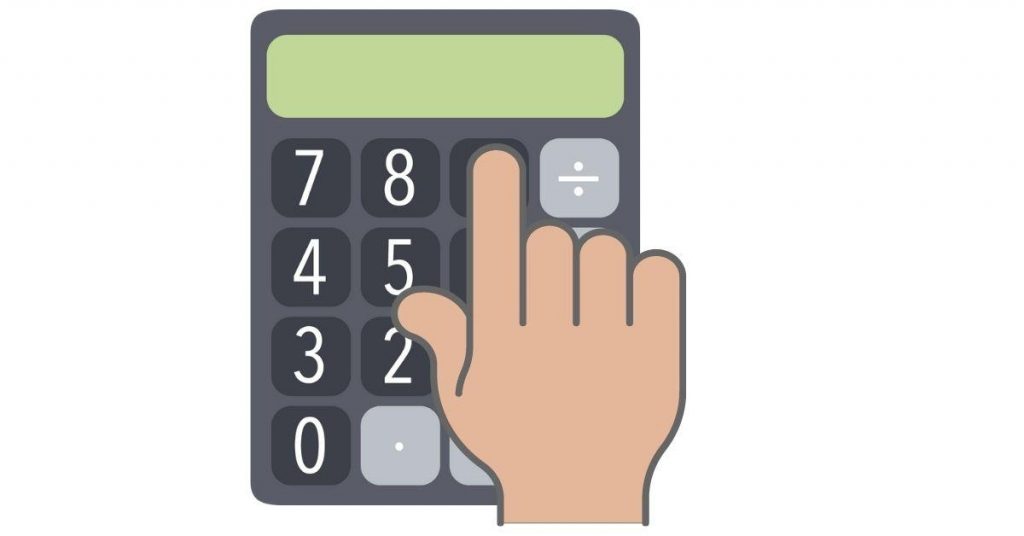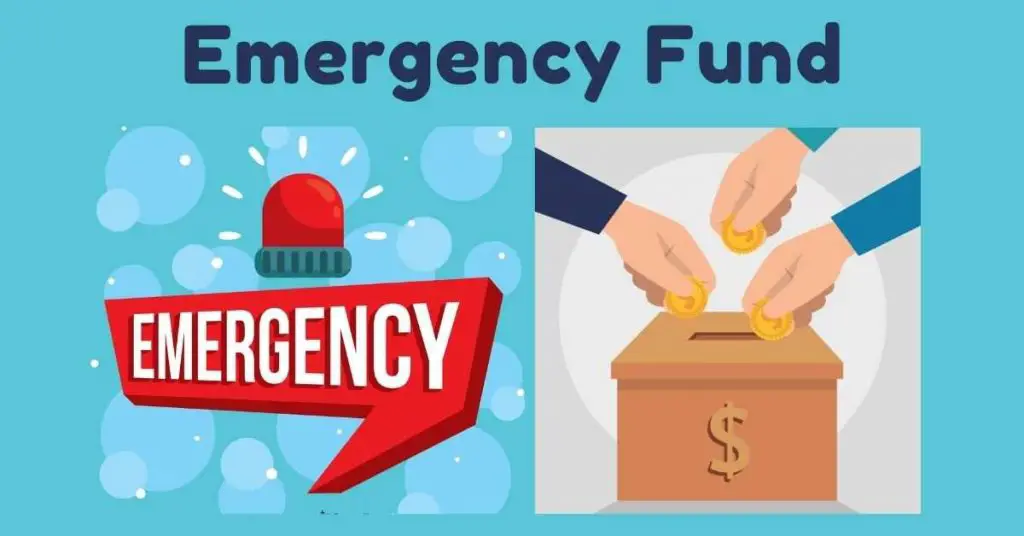The personal finance planning process is a great way to make sure that you are on track with your finances. Read on to learn how it can benefit you.
The goal of personal finance planning is to secure your financial future and ensure you have financial stability in life. It also helps people make informed financial decisions to achieve their short-term and long-term goals.
But what is personal planning, and how do you plan the process?
Personal finance planning, or “financial planning,” is managing your financial resources to achieve your specific life goals and other financial pursuits.
It usually involves factors such as assessing your current financial situation, setting goals, making a budget, managing debts, investing in the future, etc.
In this blog, we’ll explain the complete personal finance planning process that you can use to make informed financial decisions and achieve your financial goals.
Here’s the Personal Finance Planning Process
1. Assess Your Current Financial Situation First
Assessing your present financial situation is the first step in personal finance planning.

Here are some crucial aspects of it that you will need to consider:
1. Start by calculating your net worth because a positive net worth is proof that you are financially independent.
2. Examine your monthly income and expenses and make a comprehensive budget.
3. Consider your short-term and long-term financial goals.
4. Check your credit report for accuracy and assess your existing debts.
6. You have to always make sure that you have an emergency fund in place so that you can cover unforeseen expenses without resorting to debt.
7. Review your insurance policies, including health, life, home, and auto insurance. Make sure you have sufficient coverage to protect yourself and your family.
2. Set Specific Financial Goals
Setting specific financial goals is the second step in the personal finance planning process. Let’s take a look at the essential aspects of it:

- Differentiate between short-term and long-term goals and make decisions accordingly.
- Define your goals as precisely as possible.
- Make sure that your goals are realistic and attainable based on your current financial situation.
- Establish deadlines for achieving your financial goals.
- Not all goals are of equal importance, so prioritize them accordingly.
- Consider creating a financial goal journal or vision board if you want to visualize your objectives.
3. Create A Budget
A budget is a financial roadmap that allows you to:

- Comprehend where your money goes and recognize areas where you can save.
- Regularly review your spending and abstain from needless debts.
- Allocate funds for savings, investments, and financial goals.
- Build an emergency fund for unexpected expenses.
- Make sure you have the funds to work towards your goals.
4. Build An Emergency Fund
Emergency funds refer to a financial safety net that you prepare to cover incidental expenses, such as medical bills, car repairs, or sudden job loss.

Let’s find out why it’s crucial:
- Emergency funds protect you from going into debt whenever any unplanned expenses happen.
- When you know that you have money saved in your bank for emergencies, it gives you peace of mind.
- You won’t have to rely on anyone neither on credit cards or loans in times of crisis.
>> Emergency Fund In India – What COVID-19 Taught Us
5. Manage Your Debts
Debt management is also crucial for retaining financial health.

Let’s find out why:
- High-interest debt can erode your savings and increase financial stress.
- When you manage your debts responsibly, it improves your credit score and opens doors to better financial opportunities.
- Controlling debt guarantees that your financial resources are aligned with your goals.
- Reducing debt creates a sense of financial security, which frees you from constant worry.
>> Answered: Whether To PrePay Home Loan Or Invest?
6. Invest for the Future
The next step in personal finance planning is investing for the future. Let’s see why it’s important:

- Investing allows your money to grow over time so that it can outpace inflation and increase your wealth.
- It’s a fundamental tool for achieving long-term financial goals like retirement, homeownership, or education.
- Investments spread risk and reduce the impact of market fluctuations on your savings.
- The earlier you invest, the more time your money has to compound, possibly producing substantial returns.
7. Save Money for Retirement
The next step focuses on saving for retirement, an integral part of personal finance planning. Let’s see why it’s crucial:

- It ensures you can support yourself when you’re no longer working.
- Starting early allows your retirement savings to benefit from compounding.
- When you save for retirement, you reduce the dependence on Social Security or other sources of income.
Conclusion
Now you know that the personal finance planning process is a roadmap to financial well-being.
You take control of your financial future by assessing your current situation, setting goals, creating budgets, saving money, investing, managing debts, and preparing for retirement.
It’s important to remember that financial planning is not only for the rich but for everyone looking for a secure and prosperous life.
So always make informed decisions, seek advice when needed, and stay committed to your financial goals.



